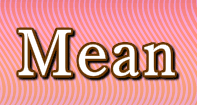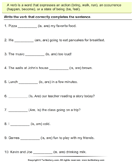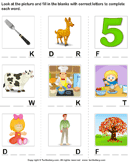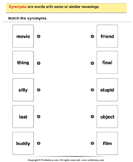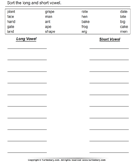- HOME
- KIDS SCIENCE EXPERIMENTS
- ANGLES
Angles
Loading


 Most browsers are no longer supporting Flash games.
We are working on making Flash playable in your browser or we will replace this game with a version that does not need Flash. Our team is actively working on it. Please check back later and keep enjoying our non-Flash games !!
Most browsers are no longer supporting Flash games.
We are working on making Flash playable in your browser or we will replace this game with a version that does not need Flash. Our team is actively working on it. Please check back later and keep enjoying our non-Flash games !!
Angles
- Angles are formed when two rays meet. If there are two straight lines such that they have a common end point, then the amount of curl between these two lines is known as 'angle'.
- There are angles in most shapes and in many of the objects you see and use on a daily basis.
- Angles are measured in degrees.
- There are four types of angles:



- Acute angle
- Obtuse angle
- Right angle
- Straight angle
Right angle
- When two straight lines are perpendicular to each other or make 90° with each other, then they are said to be at right angles.
- A right angle is exactly 90°.
- Right angles are often shown with a box in the corner.
- Squares and rectangles are formed using right angles.
- Some real life examples of Right angles are :-






Acute angle
When two straight lines make an angle with each other such that it is greater than 0° and less than 90°, then these lines are said to be making an acute angle with each other.

- Acute angles are less than 90°.
- Some triangles have acute angles.
- Here are few examples: The slice of pizza that you eat for lunch is an acute angle.
- You get a new box of pencils for school. After you sharpen all of the pencils you notice that the tips are acute angles.



Obtuse angle
- When two straight lines make an angle with each other such that it is greater than 90° and less than 180°, then these lines are said to be making an obtuse angle with each other.
- Obtuse angles are more than 90° but less than 180°.
- Many shapes such as pentagons, octagons and triangles have obtuse angles.
- Lets see some examples of obtuse angles.



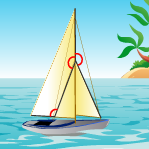

Straight angle
- When two line segments point exactly in the opposite direction and form a single straight line, then the angle they form is 180° or straight angle.

Summary
- Angles are formed when two rays meet.
- If there are two straight rays such that they have a common end point, then the amount of curl between these two lines is known as 'angle'.
- There are four types of angles:
- Acute angle
- Obtuse angle
- Right angle
- Straight angle
- When two straight lines are perpendicular to each other or make 90° with each other, then they are said to be at right angles.
- When two straight lines make an angle with each other such that it is greater than 0° and less than 90°, then these lines are said to be making an acute angle with each other.
- When two straight lines make an angle with each other such that it is greater than 90° and less than 180°, then these lines are said to be making an obtuse angle with each other.
- When two line segments point exactly in the opposite direction and form a single straight line, then the angle they form is 180° or straight angle.


